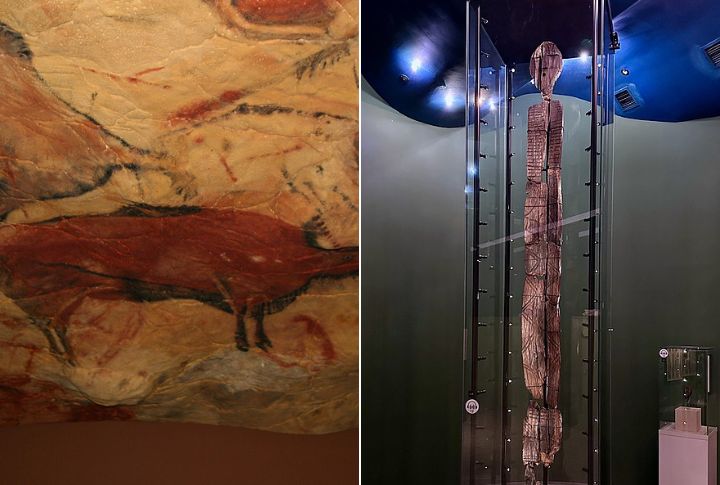
Artifacts from the Ice Age carry secrets that time has almost erased. These relics reveal powerful stories about ancient lives, from intricate carvings of extinct animals to mysterious figurines that may have held spiritual significance. Discover how these 10 objects challenge our understanding of early human civilization.
Ancient Bone Flute
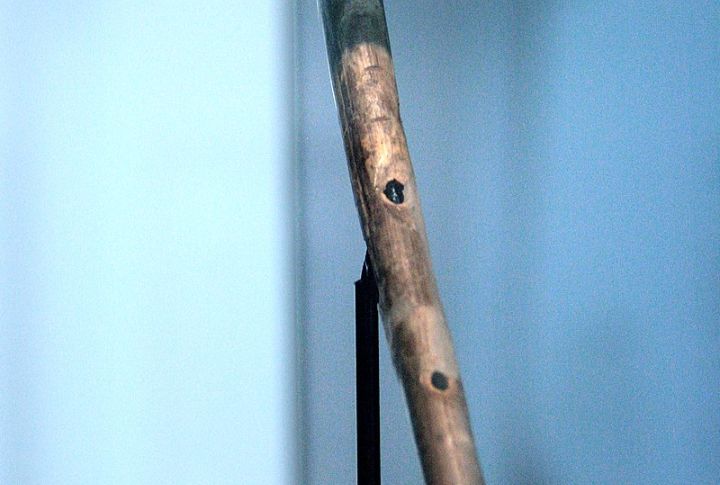
Discovered in Germany, this 40,000-year-old flute carved from mammoth ivory speaks to early human creativity. Its delicate craftsmanship reveals more than just a tool—it’s a glimpse into how our ancestors used music as a form of expression. This flute connects us to the emotional world of prehistoric people.
Cave Paintings
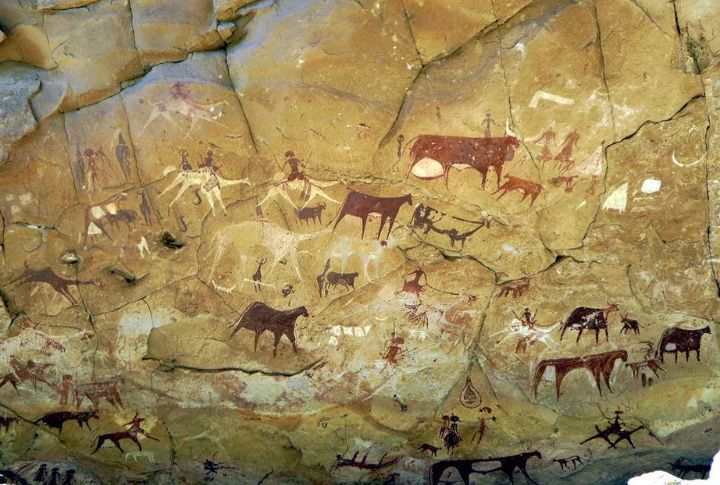
Found in southern France, these stunning paintings from around 32,000 years ago capture horses, lions, and mammoths in vivid detail. The use of ochre and charcoal shows how early humans connected with the animals around them. More than just art, these images reveal our ancestors’ imagination and survival instincts.
The Venus Figurine
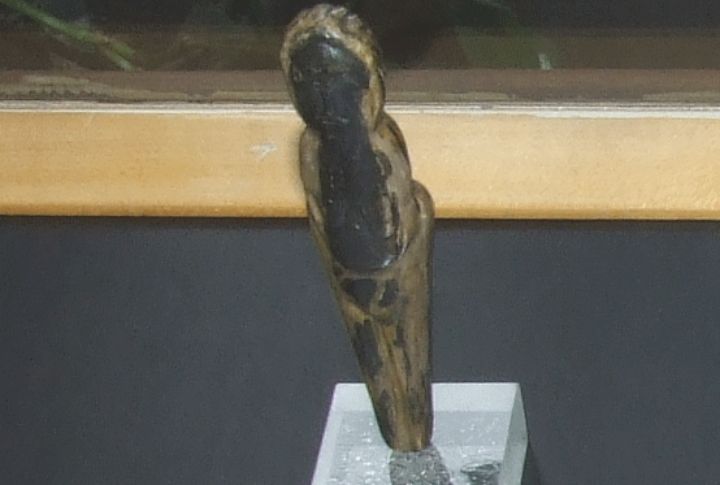
A small limestone figurine believed to depict fertility was found in Austria and dates back 25,000 years. This intricate artifact might be among the oldest depictions of human life. Scholars debate whether it symbolizes beauty or is tied to the ritualistic practices of early humans.
The Lascaux Cave Paintings
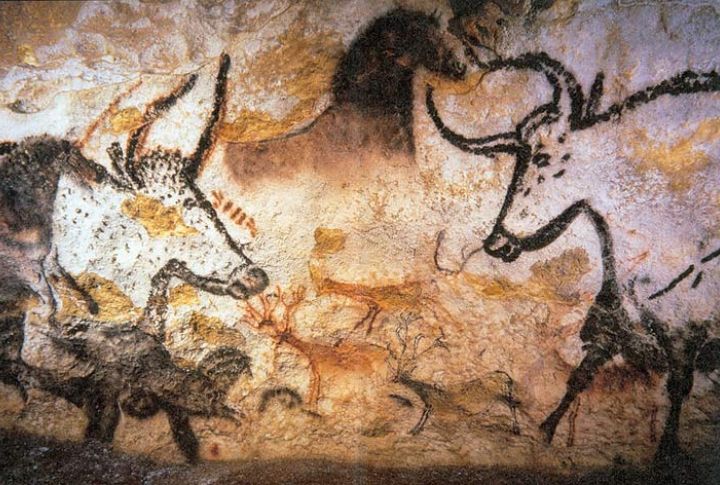
Discovered in France in 1940, these 17,000-year-old paintings of animals like bison and deer offer insight into early spiritual beliefs. The precision and symbolism within these images suggest that, during the Ice Age, humans may have used art for ceremonial or religious purposes, which connects them to nature.
Solutrean Points
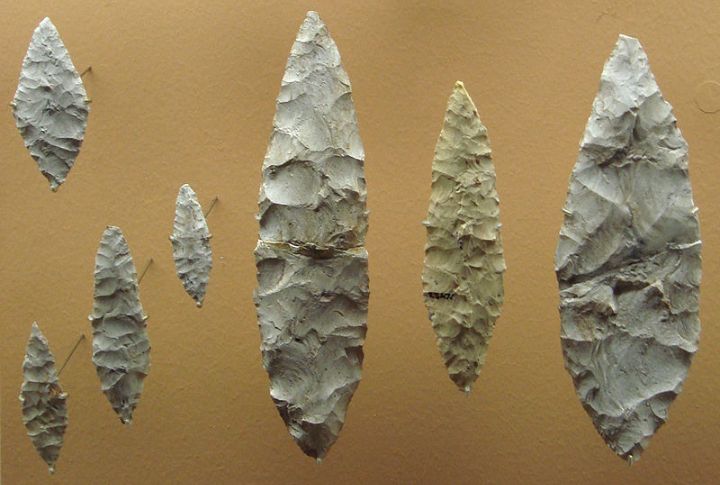
Sharp and finely crafted stone tools, known as Solutrean points, date back 22,000 to 17,000 years. Their remarkable craftsmanship, seen in their fluted edges, suggests a high skill level and technological advancement in Ice Age hunters. These tools are some of the earliest examples of hunting innovation.
The Shigir Idol
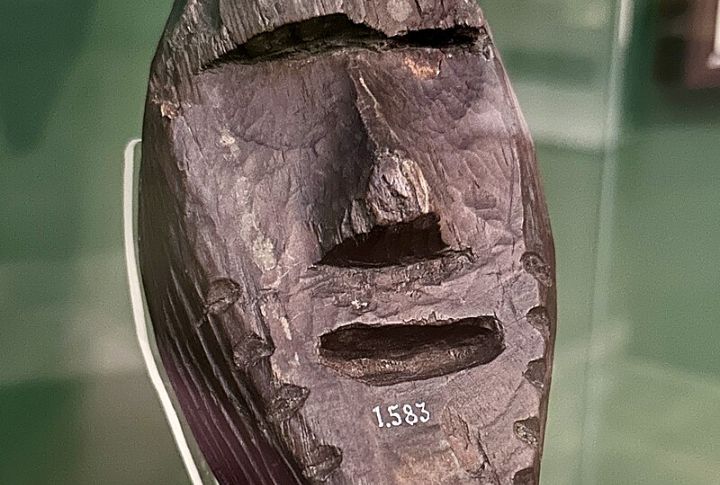
The Shigir Idol, unearthed from a Russian peat bog, is over 11,000 years old. Its precise carving is thought to have had a spiritual or ceremonial role. The idol is an incredible link to the past and gives us a look into the worldviews and rituals of early human societies.
Altamira Cave Art
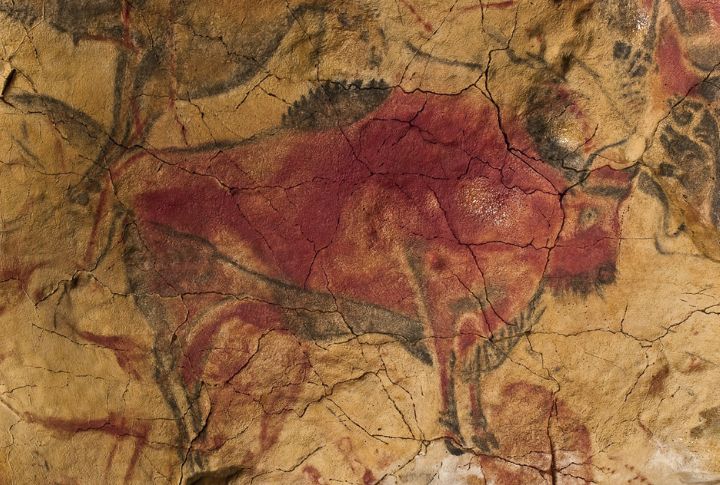
Located in Spain, the Altamira cave art, which dates to around 36,000 years ago, features bison painted in red and black. The use of natural contours in the cave walls indicates an advanced understanding of perspective, suggesting that prehistoric humans were sophisticated artists and storytellers.
Ancient Spears
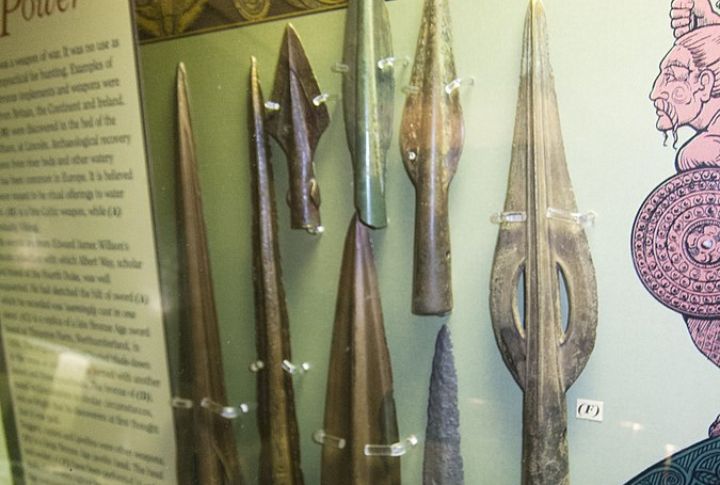
The Clovis people were thought to have been among the first to settle in North America, but they left behind enormous, finely crafted spear points. These tools, often buried with their makers, suggest a complex social structure and a reliance on hunting and ritualistic burial practices.
The Dolni Vestonice
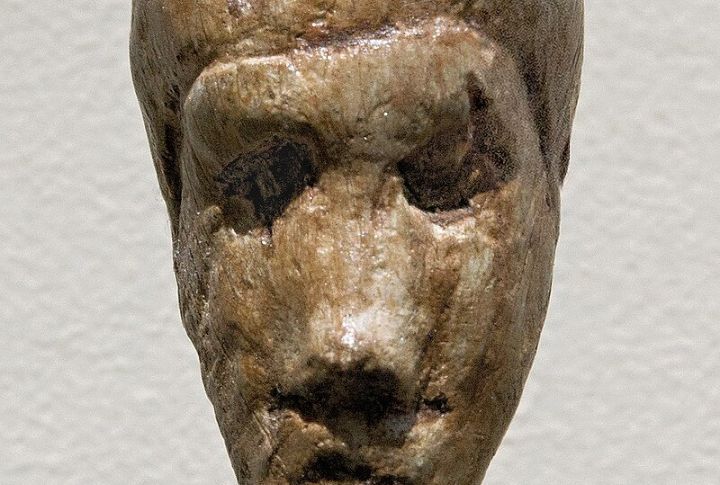
This 29,000-year-old ceramic figurine from the Czech Republic offers clues about the role of art in prehistoric life. It’s one of the earliest examples of fired pottery made from fired clay. Its lifelike details reflect the ingenuity of ancient cultures and their craftsmanship.
Carvings of Mysterious Animals
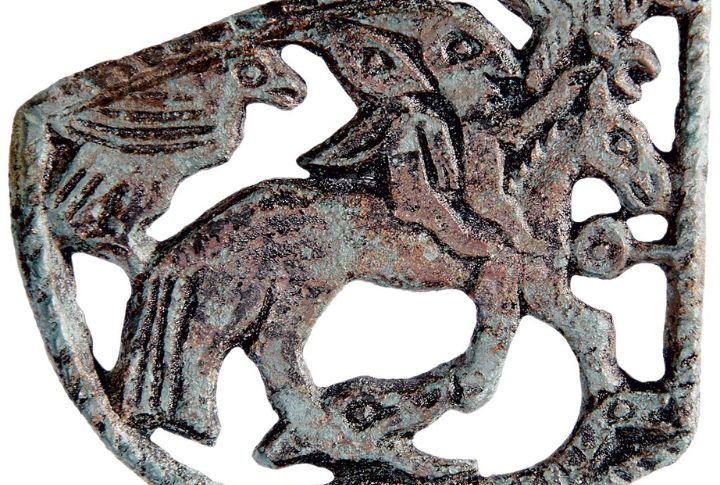
Deep in Siberia, ancient bone carvings show animals that haven’t walked the Earth in millennia. These engravings, older than many cave paintings, might not just depict Ice Age creatures—they could also be symbolic. They leave us wondering what these mysterious artists were trying to say about the world.
